The global iron ore market is entering a new pricing era. The long-standing 62% Fe reference, which has underpinned contracts, futures, and spot pricing, will officially move to a 61% Fe reference from January 2026. Declining ore quality and increasing impurities show that the 62% Fe benchmark no longer accurately reflects the products actively traded.
Notably, iron grades from Australian sources have declined over time. Rising levels of silica, alumina, and phosphorus have made the old 62% standard less suitable for the market. Physical shipments are now priced around 61% Fe, which increasingly disconnects financial contracts from the physical market.
Financial and physical market situation
The financial iron ore market, with an annual trading volume of around 6 billion tons, is roughly three times larger than the physical market. However, futures contracts based on the old 62% Fe reference carry the risk of misalignment with physical prices. SGX proposed a one-time adjustment for open positions in September 2025.
In the physical market, the change is happening faster. From mid-2025, July-arrival PBF shipments are priced around 61% Fe, indicating that the transition is already reflected in trade flows.
Industry significance
In the short term, investors are concerned about the impact of the 61-62% Fe spread on pricing and basis risk. During this dual-reference period, 61% Fe contracts could restore confidence by aligning with the market. In the longer term, using the actively traded ore grade as a reference may enhance transparency, reduce mispricing, and support risk management tools.


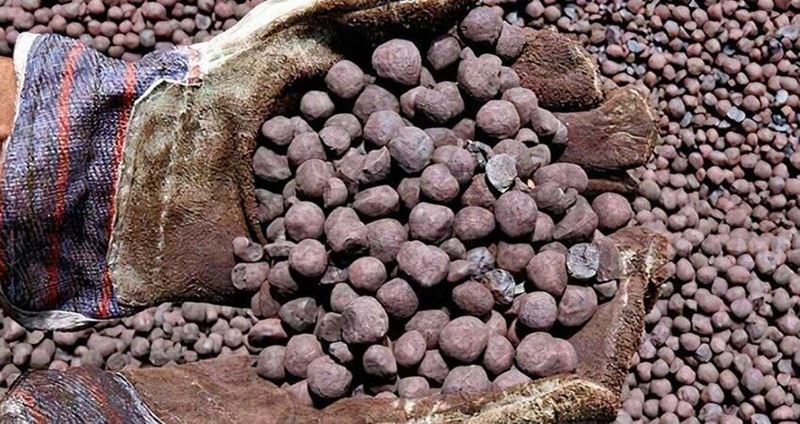
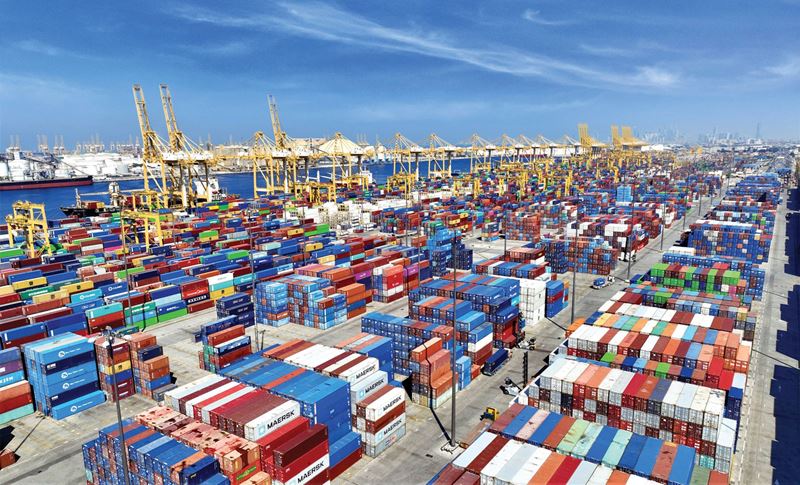
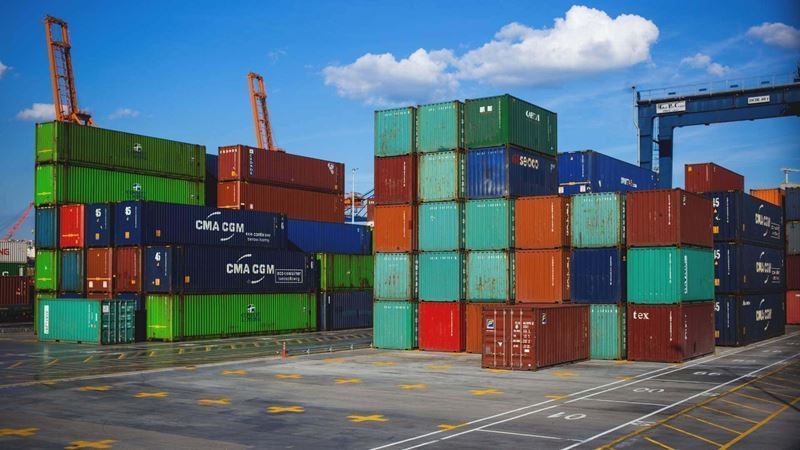
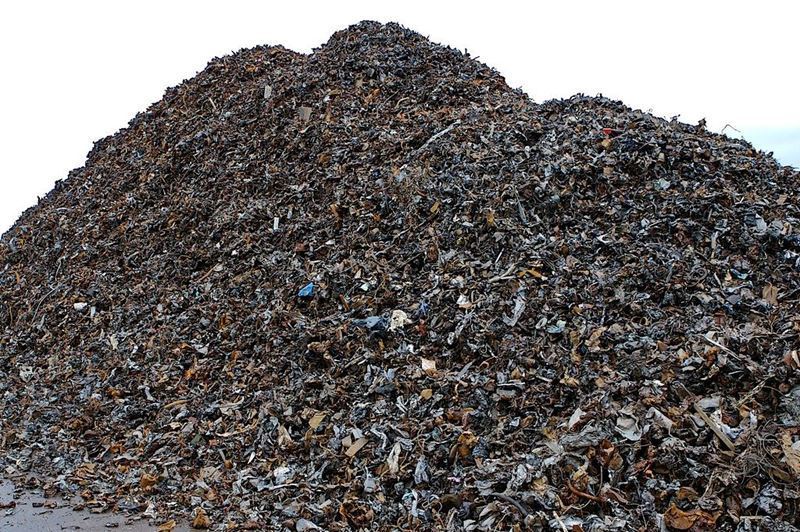
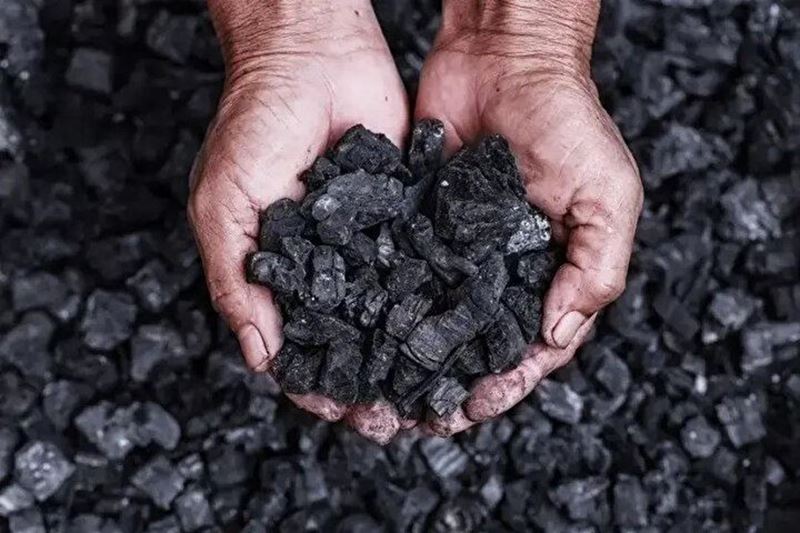
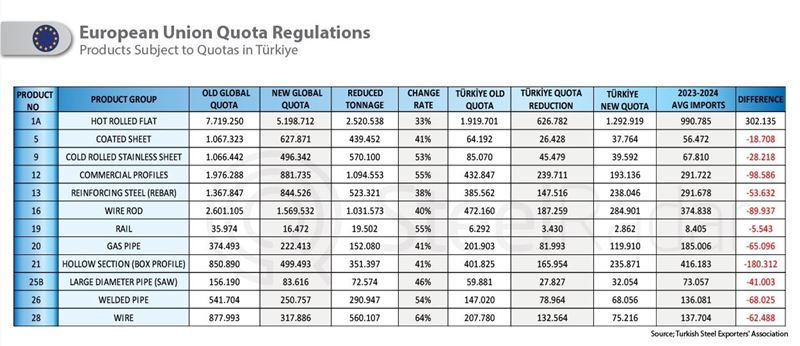

Comments
No comment yet.